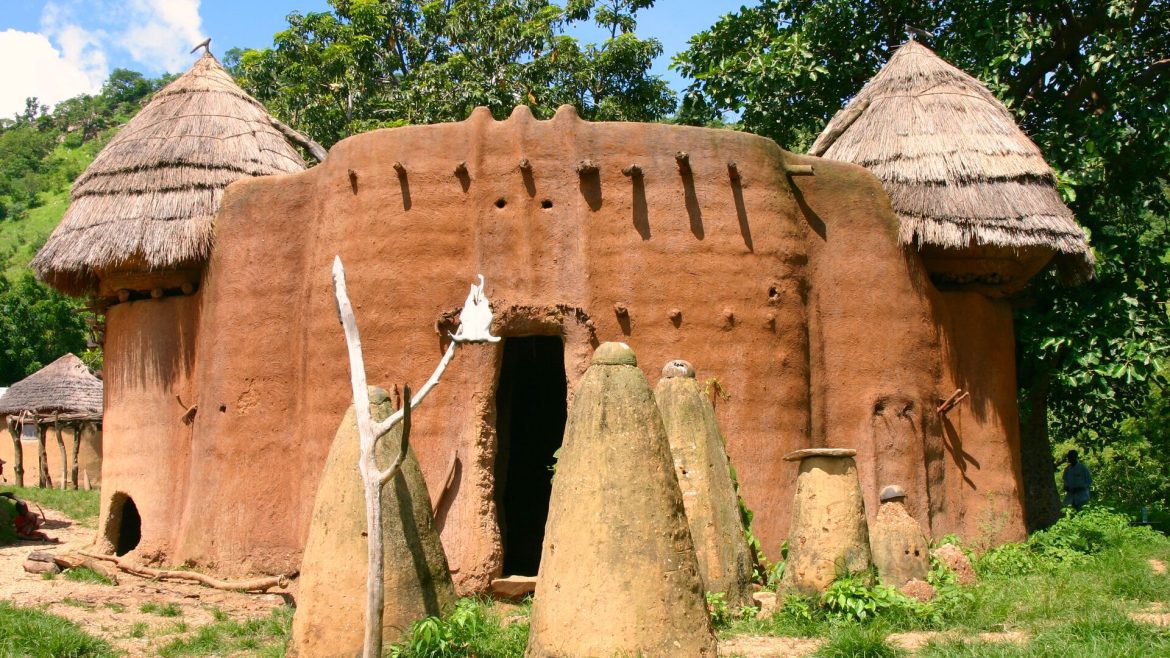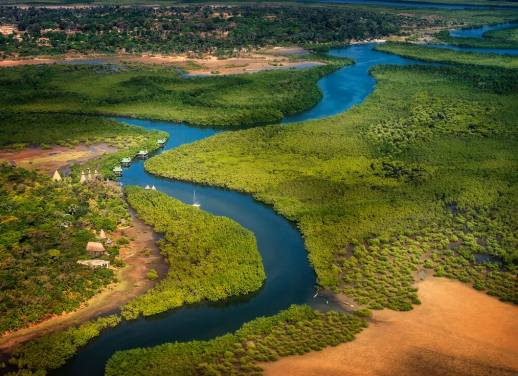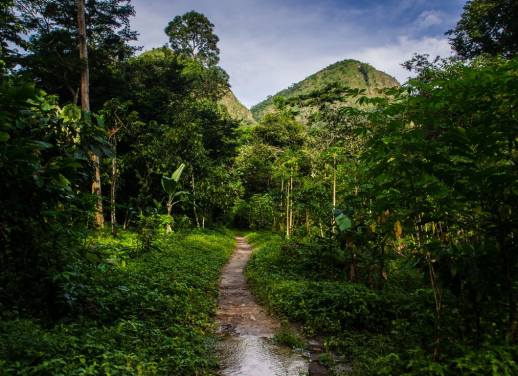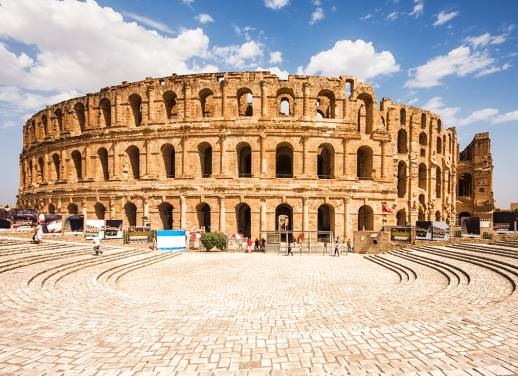Haven’t considered West Africa for your next adventure? It’s time to shake up your travel plans.
West Africa is a must-visit for intrepid travellers. Home to over 300 ethnic groups, this vibrant region is one of the most culturally diverse places on the planet, and with growing tourist infrastructure, it’s more accessible than ever.
Travelling to lesser-visited destinations can also help spread the benefits of tourism more evenly and support communities that aren’t always on the tourist trail.
From exploring Senegal’s jazz-filled streets to witnessing Vodun ceremonies in Benin, here are five West African countries that should be on your radar.
1. Find your rhythm in Senegal
The beats of the balafon, djembe and kora resonate across West Africa, but especially in Senegal. In the UNESCO-listed city of Saint-Louis, jazz melodies and powerful griot storytelling fill the pastel-painted streets, while the capital of Dakar pulses with mbalax, a fusion of African drumming and contemporary influences. Dakar is also known for its thriving art and fashion scene, galleries, textile markets and murals.
While in Dakar, take a short ferry ride to Goree Island. Once a major slave trading post, it’s now a memorial for the millions of lives impacted by the transatlantic slave trade from the 15th to the 19th century.
Nature lovers are also in for a treat. Hang out with flamingos and crocodiles in Djoudj National Park, float in the bubblegum-pink waters of Lake Retba or unwind on the powdery sands of Cap Skirring – home to some of West Africa’s most idyllic beaches.
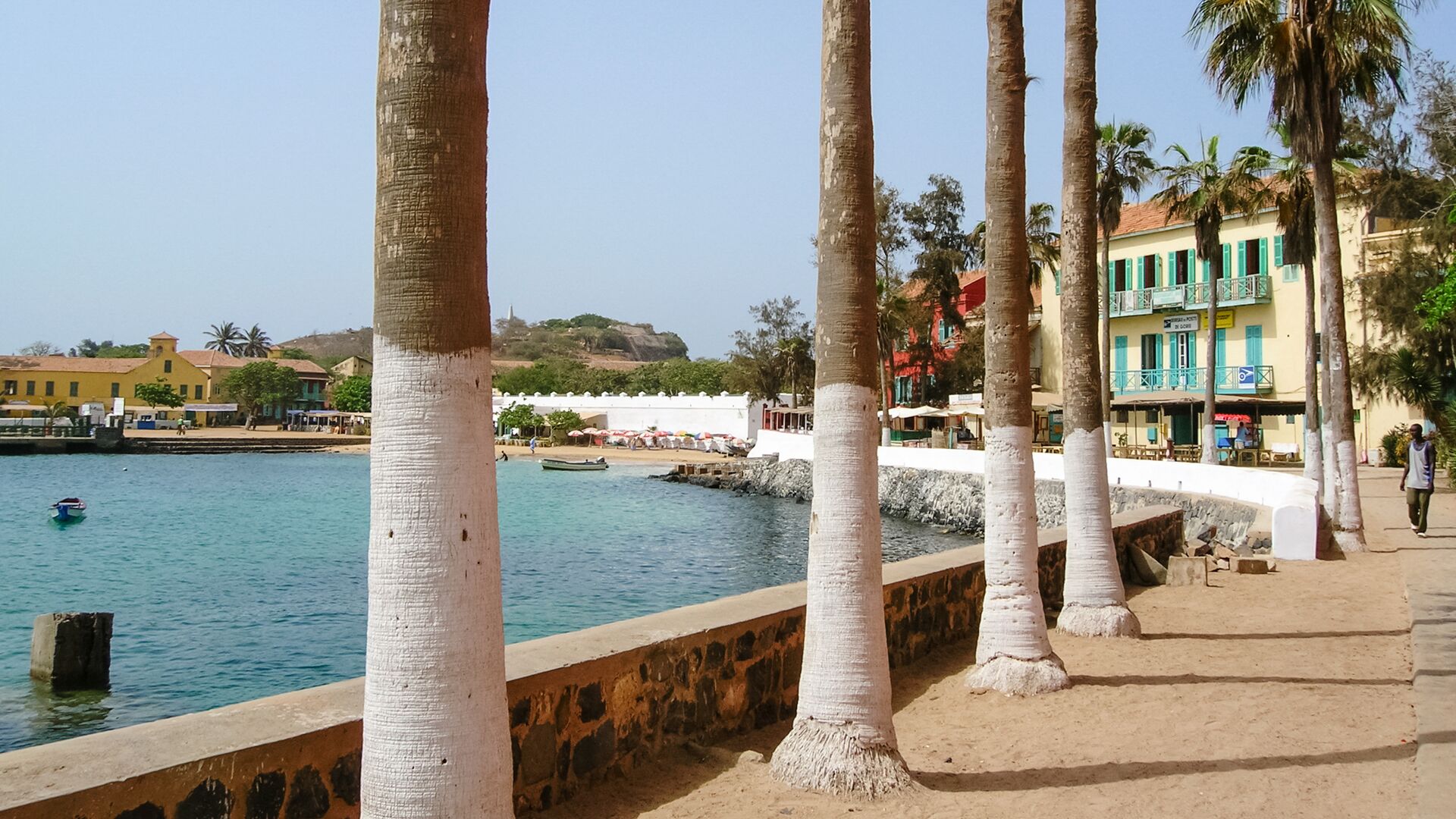
2. Trace the roots of Voodoo in Benin
Travel to the birthplace of Vodun, a spiritual tradition deeply connected to nature and ancestors. Vodun travelled with enslaved Africans across the Atlantic, evolving into practices like Voodoo, Hoodoo and Vodou in the Americas.
In Ouidah, learn about Vodun traditions by attending a Zangbeto ceremony. The Zangbeto, meaning ‘night watchman’ in the Gun language of the Ogu people, are supernatural guardians who protect the community from evil forces. The performance features cone-shaped costumes made of raffia palm leaves and dancing to hypnotic drumming. It’s believed to invoke ancestral spirits and symbolises the connection between the material and spiritual worlds.
When you’re not learning about the Zangbeto, paddle the quiet waterways of the Adjara Black River in a pirogue (dugout canoe) or visit the Fon village of Possotome on Lake Aheme to see traditional mud homes and meet a Vodun potter.
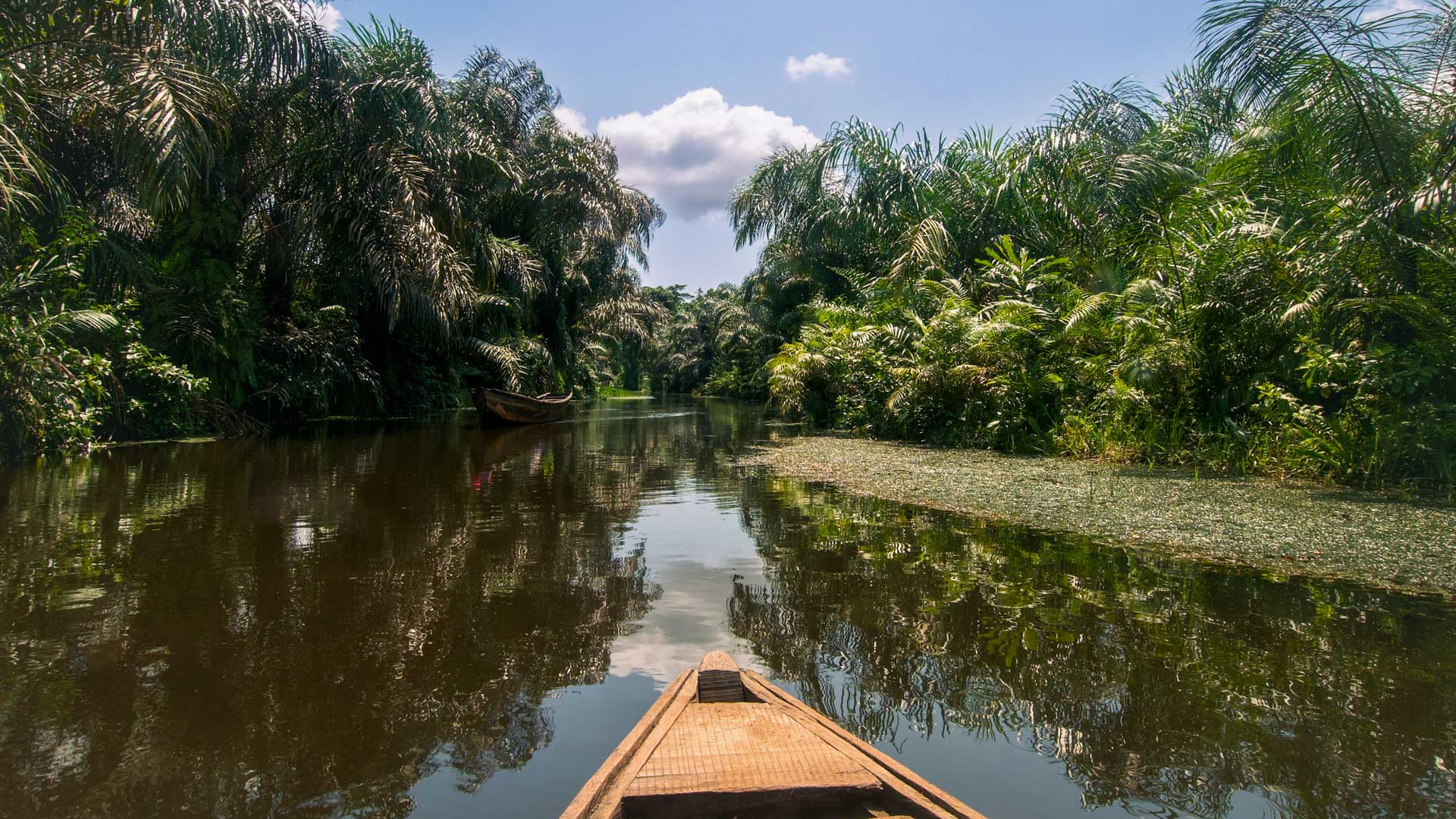
3. Hike through coffee farms in Togo
Keen on a hike that offers lush scenery and opportunities to connect with the local culture? Head to Kpalime in Togo. Surrounded by coffee and cocoa plantations, the trail to Mount Agou (986 m/3235 ft), Togo’s tallest peak, weaves between backyards, waterfalls, forests and terraced villages where you can glimpse into local life. You might also see monkeys and some of the hundreds of species of butterflies in the area along the way.
For more cultural immersion, head to the Grand Marche in the lively capital of Lome. Wander stalls selling everything from souvenirs to spices and snacks and learn about the famous ‘Nana Benz’ businesswomen. Taking their name from the Mercedes-Benzes they rode around in, these legendary ladies built an empire trading Dutch wax cloth, creating an inspirational legacy for women in West Africa and beyond.
4. Meet fantasy coffin makers in Ghana
Meet the talented carpenters who make fantasy coffins in Accra. Many cultures in Ghana, including the Ga, believe that an impressive sendoff with an elaborate coffin can elevate one’s status in the afterlife. The coffins usually represent the deceased’s profession, passion or talents, serving as a meaningful reminder of their legacy to loved ones.
Beyond Accra, Ghana has plenty of nature-based adventures. In the Volta Region, hike forested hills, swim beneath the tumbling waters of Wli Falls and try your hand at traditional drumming. For wildlife enthusiasts, head to Kakum National Park to walk across a canopy bridge among hundreds of species of birds.
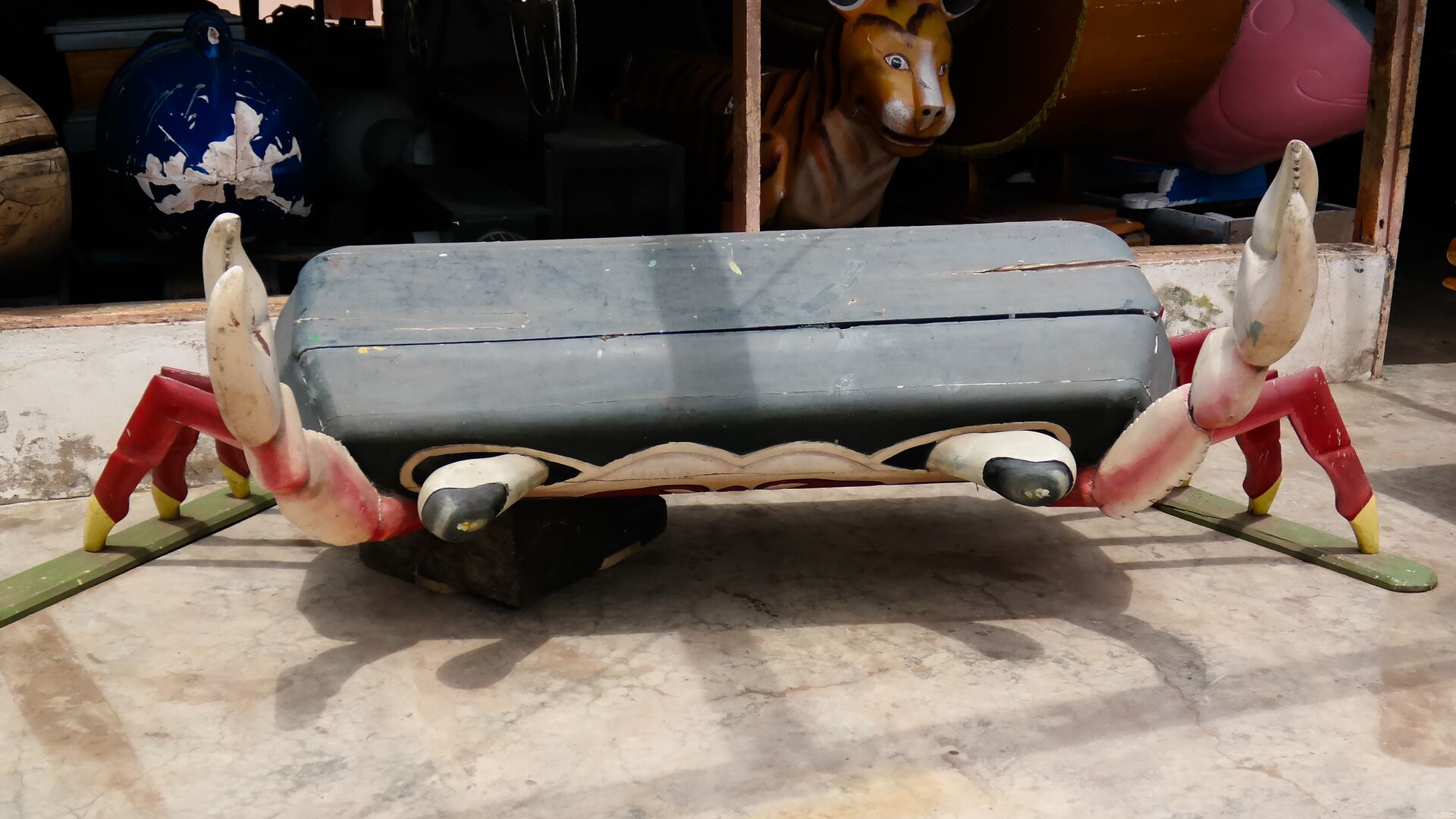
5. Spot rare birds in The Gambia
It may be the smallest country in mainland Africa, but The Gambia is rich in biodiversity – from salt marshes to wetlands, mangroves and forests – and is a go-to destination for birding. Abuko Nature Reserve is a prime spot to sight over 250 species including kingfishers, falcons and warblers, as well as playful baboons and grazing bushbucks.
In The Gambia’s capital, Banjul, follow your nose through Albert Market where stalls sell domoda (buttery peanut stew) and afra (Gambian barbeque). Or visit the St Joseph Adult Education and Skill Centre which empowers local women through training in sewing and crafts.
Handy travel info
- Visas: Many West African countries require a visa to enter. Ensure you check entry requirements.
- Language: English is the official language in Ghana and The Gambia, while French is spoken in Senegal, Benin and Togo. Many Indigenous languages are also spoken across the region. Learning a few phrases goes a long way in connecting with communities.
- Best time to visit: The dry season from October to April offers cooler, more comfortable weather. The wet season, typically from May to October, brings high humidity and heavy downpours, limiting certain areas and activities.
Ready to explore?
West Africa promises to be an adventure. If you’re looking for a seamless experience, Intrepid’s Expeditions are the way to go. With all the planning taken care of and a local leader by your side, you’ll travel with confidence and connect more deeply to the people and places you visit.
Explore Intrepid’s West Africa expeditions or discover other offbeat adventures

